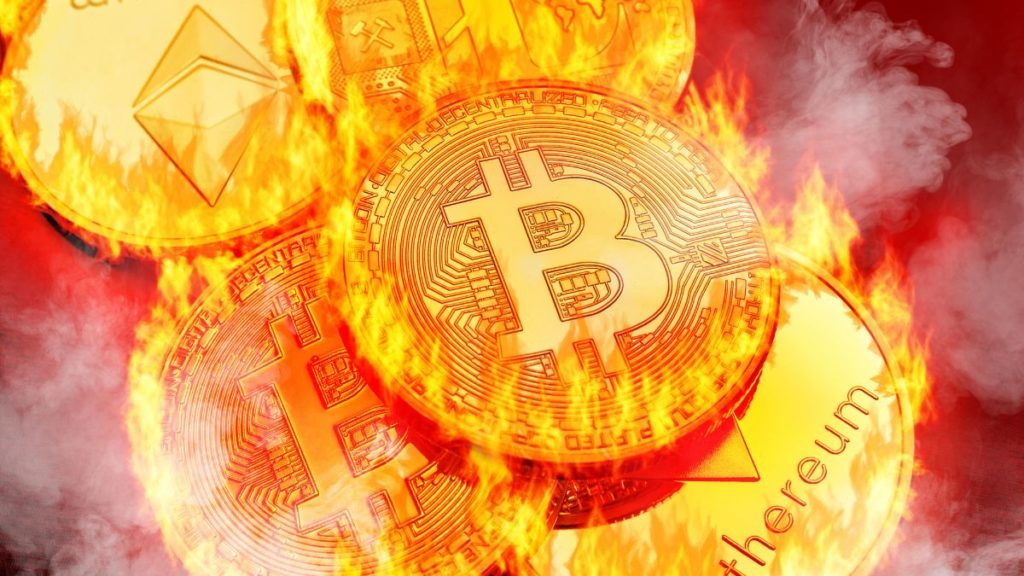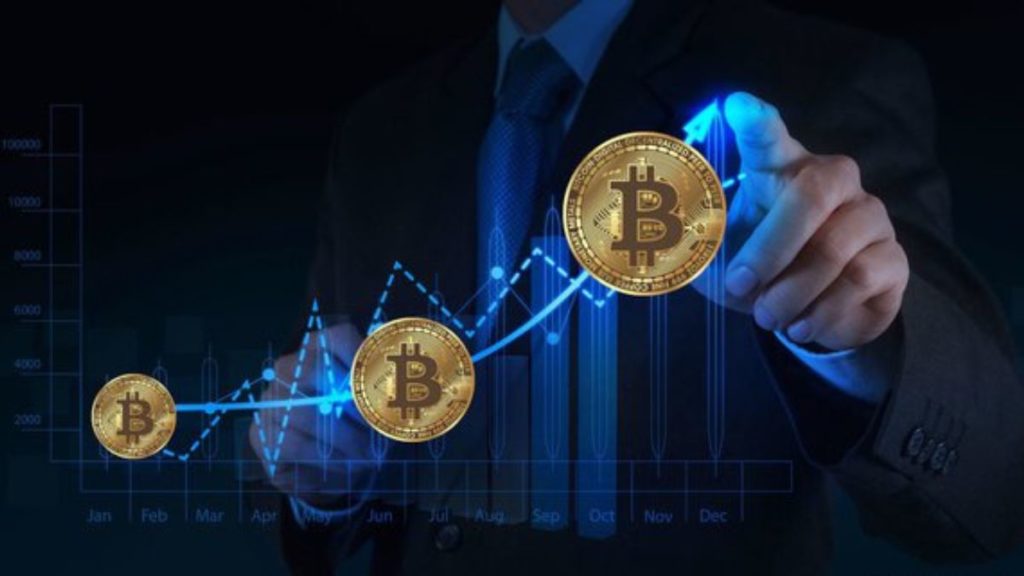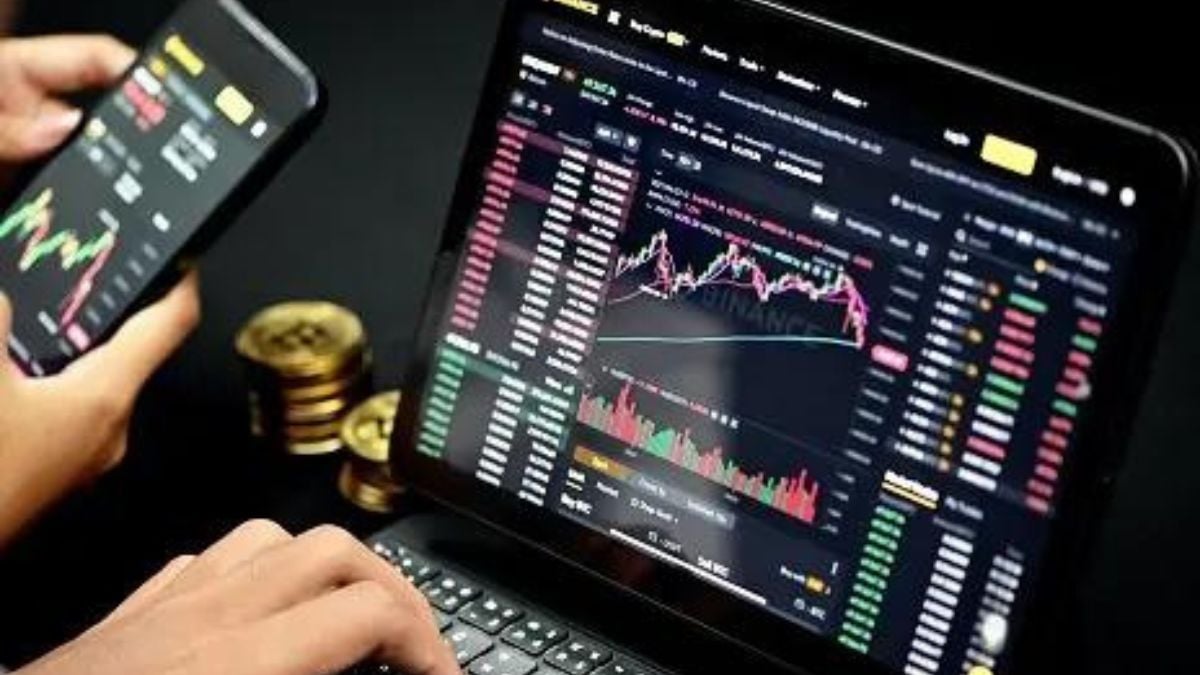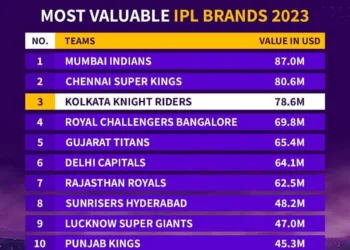Redlines over the time period woke up bitcoin and cryptocurrency traders in general. Since Bitcoin‘s massive 9,3% decline to three-week lows of 21.400 dollars, it has closely followed the performance of the global trading market.
The investor’s confidence has decreased significantly over the past two months as a result of the hawkish Fed’s long-term promises and more aggressive actions taken to combat inflation.
Bitcoin Falls and Traders Lose Millions
Markets respond quickly to the changes in the currency policy. The weak recovery in stocks and the crypto market following the January incident stood on the market, so they believed they would already price in interest rate hikes throughout 2022.

Allied with the expectation that inflation would be cut soon enough that 2023 could see a reversal in the rise of inflation – the best way to reverse this trend was to prepare for a gradual recovery.
Between May 5 and June 19th, Bitcoin dropped by half (opens in new tab), from 39.676 dollars to a bottom of 18.958 dollars by June 19. In the meantime, it has steadily gained ground, hovering around $24,000 since the end of July. That recovery is now in crisis.
Losses and Investment
As per Coinglass, the weakening effect caused liquidations to lose $600 million over the past 24 hours. Traders can divide a holding through a process called liquidation. It typically occurs when they borrow assets in exchange for their Bitcoin and overcommit their funds.

The issue arises when the price of Bitcoins rises much above what people who were trading anticipated; this can imply that they lack the resources to guarantee their positions, which leads to a liquidation event when they receive their guarantee (Bitcoin) to settle their obligation.
The Fear and Greed Index for Bitcoin is 33 points, 8 points fewer than the 42 of the previous week, despite the Fed’s expectations for higher interest rates than previously anticipated and its concerns about a quantitative tightening until 2023. Increased fear is indicated by larger numbers, which are also correlated with greater greed and aggressive investment.








